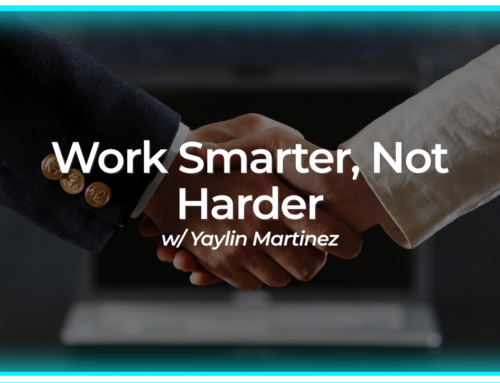Educational Video
Hi everyone! I’m Yaylin Martinez, Head of Operations, and today, I’ll be going over the essential components of payroll, breaking down how it works so you can better understand the process behind your paycheck. Let’s get started!
Collecting Employee Information
The payroll process begins with gathering employee information. This step is super important, as it ensures that every paycheck is accurate. We collect personal details such as your name, address, Social Security number, and tax withholding information. Providing the correct information is important for complying with federal and state regulations and for ensuring your taxes are deducted appropriately. Make sure to keep your details updated to avoid any payroll hiccups!
Tracking Hours Worked
Next, we focus on tracking the hours worked by employees. For hourly employees, this involves recording the number of hours worked each week. Many companies use time clocks or specialized software to make this process easier and more accurate. For salaried employees, while their pay remains consistent regardless of hours worked, it’s still important to track attendance for various reasons, including compliance and performance evaluation.
Calculating Gross Pay
Once we have the hours worked, we proceed to calculate gross pay. For hourly employees, gross pay is determined by multiplying the total hours worked by their hourly rate. For salaried employees, we take their annual salary and divide it by the number of pay periods in a year. This calculation gives us the total earnings before any deductions, setting the stage for determining what you ultimately take home.
Deductions
Next up are deductions, which play a significant role in payroll. These can include federal and state taxes, Social Security, Medicare, and any benefits you may have selected, such as health insurance or retirement contributions. Understanding deductions is a must, because they are subtracted from your gross pay to calculate your net pay—the amount you actually receive in your bank account. It’s always a good idea to review your pay stub to understand what’s being deducted from your earnings.
Issuing Paychecks
After calculating your net pay, it’s time to issue paychecks! Depending on the company’s policies, this can be done through direct deposit or physical checks. Most businesses today prefer direct deposit due to its convenience and efficiency, allowing employees to receive their money quickly and securely without needing to visit the bank.
Reporting and Compliance
Lastly, payroll includes an important aspect of reporting and compliance. Employers must file payroll taxes and provide necessary tax documents, like W-2s, to employees at the end of the year. This ensures that everything is in line with government regulations and helps avoid any potential penalties.
And there you have it—a quick overview of how payroll works! Understanding this process can help you appreciate the effort that goes into getting your paycheck. If you have any questions about payroll or want to learn more, don’t hesitate to reach out! Thanks for reading, and stay tuned for more insightful content!








